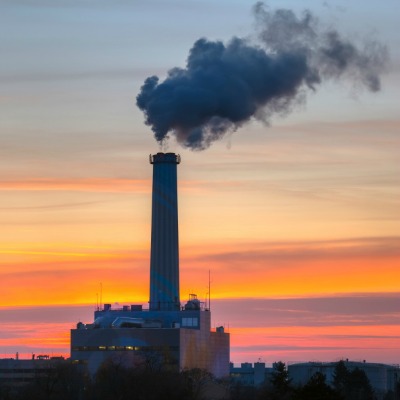 As states and utilities increasingly focus on complying with the Environmental Protection Agency's (EPA) Clean Power Plan, the American Wind Energy Association (AWEA) has come out with a report detailing how wind energy can help meet the plan requirements.
As states and utilities increasingly focus on complying with the Environmental Protection Agency's (EPA) Clean Power Plan, the American Wind Energy Association (AWEA) has come out with a report detailing how wind energy can help meet the plan requirements.
The Clean Power Plan, unveiled last year, aims to reduce carbon pollution at existing power plants. According to the AWEA report, wind energy can help build a more reliable and balanced electricity portfolio while, at the same time, cutting carbon pollutants.
The report includes dozens of studies conducted by grid operators examining how higher levels of wind use can be achieved without sacrificing reliability. To further substantiate its claims, AWEA addressed 15 commonly-held questions and misperceptions about wind technology (i.e., ‘Don't grid operators need to add backup to integrate wind?’).
‘Based on grid operators' experience with reliably and cost-effectively integrating very large amounts of wind energy, wind can play a key role in meeting EPA's Clean Power Plan,’ says Michael Goggin, AWEA's senior director of research.
In fact, the report finds that renewable energy has already met the EPA's 2020 renewable energy target and is on track to greatly exceed the EPA's 2020-2030 renewable energy targets.
By exceeding its targets, AWEA maintains, wind energy can help states and utilities comply with other parts of the EPA's plan, lessening the requirements on other parts of the electric sector.
Under the EPA's Clean Power Plan targets, the nation as a whole is targeted to obtain 12% of its electricity from non-hydro renewable sources by 2030, with 17% as the highest target for any region.
The EPA appears to have underestimated wind energy's recent growth and cost reductions in developing its trajectory for renewable deployment under Building Block 3 – the component that contains renewable energy – of its Clean Power Plan targets.
The U.S. has essentially already reached the EPA's 2020 target for renewable energy, with 277.4 million MWh of non-hydro renewable energy produced during the last 12 months relative to the EPA's target of 281.3 million MWh of non-hydro renewable energy for 2020.
Even under the conservative assumption that non-hydro renewable energy continues to expand at the linear growth rate it has experienced over the last 10 years, renewable generation will exceed the EPA's BB3 target by 1.1 billion MWh cumulatively over the 2020-2029 compliance time frame.
Because growth compounds as the economics of renewables continue to improve, and because the growth trajectory for 2005-2014 predates much of the cost reduction-driven growth in wind and solar generation, the growth projection is likely to be very conservative.
Goggin goes on to explain that as wind energy has grown to provide a larger share of the U.S. electricity mix, turbine technology has matured so that modern wind plants are able to provide the same grid reliability services as conventional generators.
‘Changes in wind output are not a major issue for grid operators because all power plants are already backed up by all other power plants, and grid operators already deal with large fluctuations in electricity supply and demand,’ he says. ‘In fact, the gradual and predictable changes in wind power are also much easier for grid operators to address than the large-scale outages that can occur at conventional power plants.’
Continuing to add wind energy to the U.S. electricity mix can help comply with other parts of the EPA's plan. In fact, AWEA says it will provide testimony to the Federal Energy Regulatory Commission's technical conference on Clean Power Plan reliability and infrastructure implications on Feb. 19.



